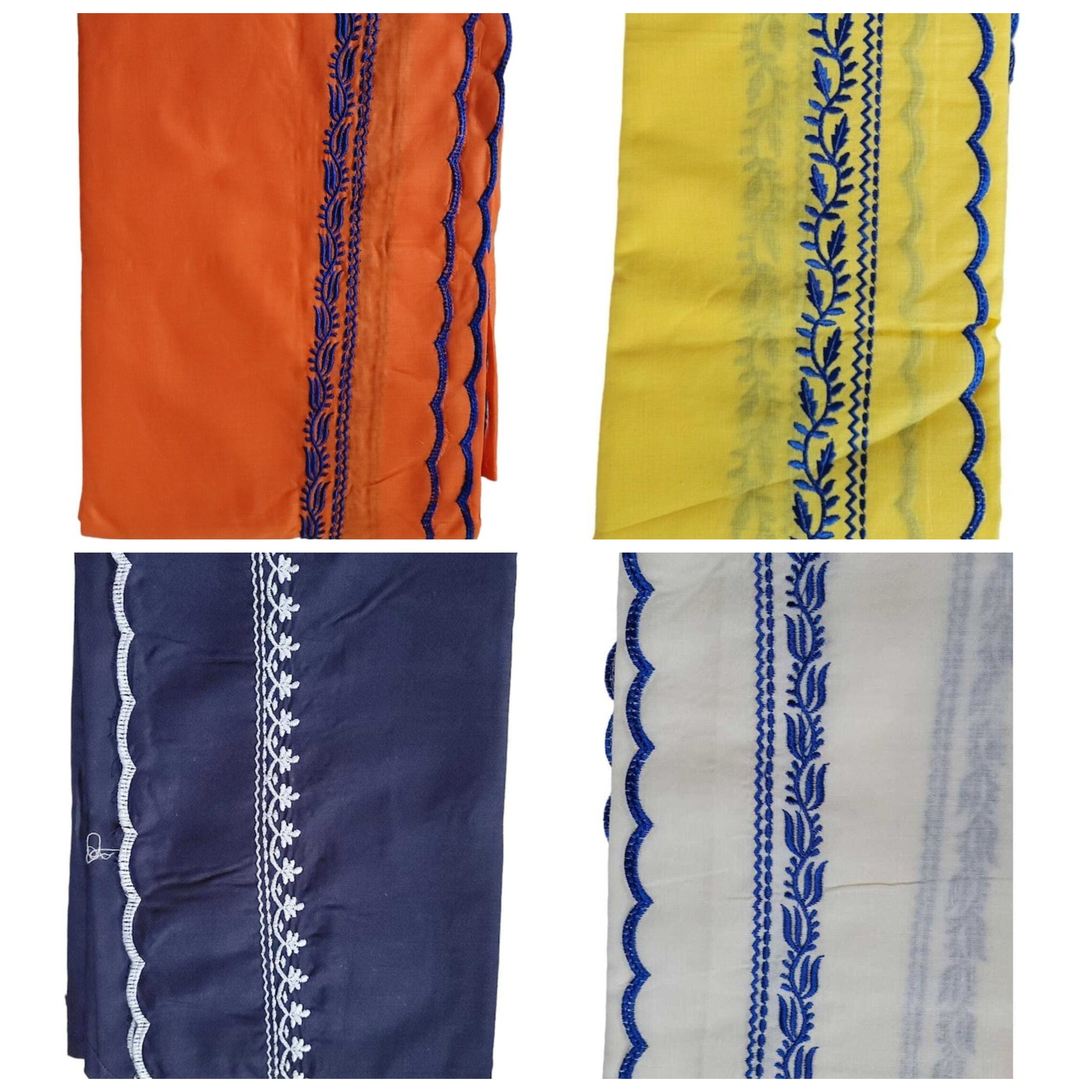Hazooria
A Hazooria refers to the scarf like material worn by Sikhs. The word Hazooria derives from the words Hazooria or hazoor meaning “Being ready; being in presence.” A Hazooria refers to the scarf like material worn by Sikhs. The word Hazooria derives from the words Hazooria or hazoor meaning “Being ready; being in presence.”
There have been many maha-purkh (spiritual elevated persons) who have worn a hazooria, most of us don’t know the real significance of the hazooria, and why we should wear it.
5 K’s are the bare minimum and are not the full extent of Khalsa uniform. A hazooria is part of Khalsa uniform. It can be white or blue and past the waist in length. In Mehta Chownk (a Sikh education centre renowned for teaching and understanding Gurbani), all the Singhs have to have a hazooria to enter Guru Sahib’s hazoori hazoori (presence).
It is part of the tradition of panj kapare (five garments), comprising dastaar (turban), hazooria (long white scarf worn around the neck), long chola (dress), kamar-kasaa (material tied around the waist like a belt) and kachheraa (under-garment). Reference to this has been made by Bhai Gurdaas Ji as well.
The Importance of a Hazooria
The word Hazooria's definition is to remember that you are in the court (the hazoori) of the king of the kings. Many sevas require a hazooria as a sign of humility to remember that it is Maharaj doing the seva through you. The same way a dogs owner is recognized by its collar and leash, similarly when we wear a hazooria we are recognized as Guru Sahib's sevaks. The owner controls the dog through the leash and directs where it can go. When we are wearing a Hazooria, Maharaj is now in control of our body and stops us (using the hazooria) from induldging in vikkars. Since Maharaj is in full control of us, the hazooria serves as a reminder to accept hukam and not wander off.
Seva
When you are wearing a hazooria, it helps Gursikhs identify those who are are tyaar bar tyaar to do Seva in Guru Sahibs Darbar. It also maintains cleanliness/suchamta/satkaar because Guru Granth Sahib Ji Maharaj and Gurbani Ji are given the highest status. Your hazooria can be used to cover your cough and prevent the spread of jooth. When we are reading Gurbani ji, the hazooria could be used to cover our mouths to prevent any spit from landing on Guru Sahib Ji.
Humility
The hazooria serves as a sign of Gareebi because we are a beggars in Guru Sahibs Darbar. We should enter Maharaj's darbar holding our hazooria and recognizing that we are the lowest of the low.
Historically, when beggars used to come to a kings court, they wore a pala as a sign that they have nothing and were there to beg the king for their needs. When we wear a hazooria, you naturally gravitate to grab on to it while doing seva, ardaas, or greeting another Gursikh.
As you continue to wear the hazooria, grabbing it as a benti becomes a habit and it reaffirms Gareebi within you. This shifts your mindset and thought pattern to realize that their is no "T" and only Guru Sahib. Their is a significant reason why puratan Gursikhs and Mahapurkhs wore a Hazooria at all times because they understood the deeper guidance it provides in our Jeevan.
More info:-Se Kinehiya[1]

